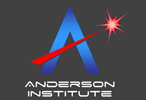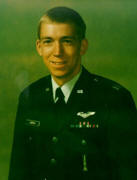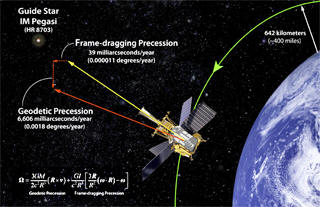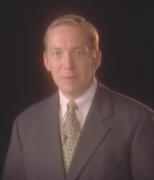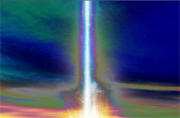Time-warped Fields
An Overview and Comparison by Dr. David Lewis Anderson
Time-warped Fields use energy within curvatures
of spacetime surrounding a rotating mass or energy field to
generate containable and controllable fields of closed-timelike
curves that can move matter and information forward or backward
in time.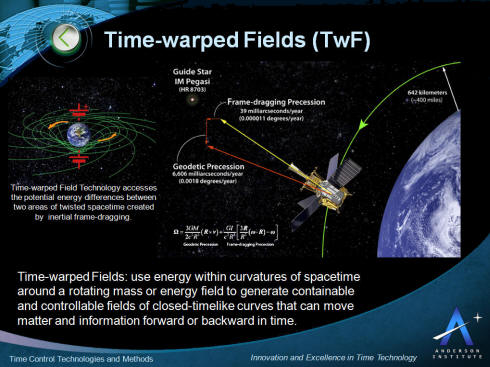
However, as Dr. David Lewis Anderson proposed in 1987 with his announcement of time-warped field theory, the difference in potential energy between two different areas of twisted spacetime due to frame-dragging is significantly large. Even the smallest twist in spacetime contains enormous energy potential and can be used to create containable and controllable fields of close-timelike curves without the need for significant input power. This makes both forward and reverse time control possible within the limits of technology today. The key characteristics of the application of time-warped fields for time control and time travel are presented in the picture below. This is followed by more detail describing the science below.  Frame Dragging Effect Basics
Linear frame dragging is the similarly inevitable result of the general principle of relativity, applied to linear momentum. Although it arguably has equal theoretical legitimacy to the "rotational" effect, the difficulty of obtaining an experimental verification of the effect means that it receives much less discussion and is often omitted from articles on frame-dragging Static mass increase is another effect. The effect is an increase in inertia of a body when other masses are placed nearby. While not strictly a frame dragging effect, it is also derived from the same equation of general relativity. It is a tiny effect that is difficult to confirm experimentally. Mathematical Derivation of Frame DraggingFrame-dragging may be illustrated most readily using the Kerr metric, which describes the geometry of spacetime in the vicinity of a mass M rotating with angular momentum J  where rs is the Schwarzschild radius and where the following shorthand variables have been introduced for brevity 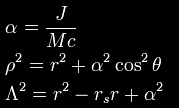 In the non-relativistic limit where M (or, equivalently, rs) goes to zero, the Kerr metric becomes the orthogonal metric for the oblate spheroidal coordinates We may re-write the Kerr metric in the following form  This metric is equivalent to a co-rotating reference frame that is rotating with angular speed Ω that depends on both the radius r and the colatitude θ In the plane of the equator this simplifies to: Thus, an inertial reference frame is entrained by the rotating central mass to participate in the latter's rotation; this is frame-dragging. Frame-dragging occurs about every rotating mass and at every radius r and colatitude θ. The Anderson Time Reactor
The Anderson Time Reactor is a system that couples two different areas of twisted spacetime, with two different spacetime tensions. The system can access and create a conduit to harvest that stored energy and through the coupling process create dense fields of Closed Timelike Curves (CTCs). A reactor consists of a region of spacetime, large or small, surrounding a rotating mass, where inertial frame dragging effects are present twisting spacetime between two regions of space.
A series of power collectors near and surrounding the beam emitter provide a conduit to then channel and control the received power. The resulting effect is that the potential energy in the twisted fabric of spacetime is coupled or bridged from the distant point to the local power collector array. The entire process is initiated and controlled by the system. The Anderson Time Reactor system achieves this by using the application of Time-warped Field theory to create the ability to leak, tap into and control the greater energy stored in this spacetime tension (or energy potential difference), in between the distant point and the localized point in spacetime. In the most basic terms, the Time Reactor can be looked at as a simple spacetime battery, accessing the significant potential energy that existing around any rotating body anywhere in spacetime. Spacetime-Motive Force
The force between the localized and distant point is called the open spacetime-motive force. The open spacetime-motive force, even in the minimal effects of inertial frame-dragging, can be extremely large by present-day power generation standard standards. It is estimated that a single next-generation time reactor may have the ability to produce more than all of the worlds combined power generation capabilities today. The amount of spacetime motive force depends on several factors. These include the mass of the rotating body, its rotation speed, relative orientation of the two point to the axis of rotation, and the medium and distance between the localized and distant points in space. More simply, it is a function of the degree of inertial frame-dragging and the characteristics of the medium through which the Time Reactor must operate between the two regions to open a "discharge path." Also, the amount of energy that is accessed, or time-warped fields generated, can be controlled in several ways through phasing and other characteristics of the emitter and power collector array. A Practical Approach to Achieving Time ControlPractical time control and time travel requires significantly large energy levels, from some source, to operate effectively. To achieve time control we can attempt to generate this large energy level or, as an alternative, access and channel the energy already existing and inherent in natural processes and the basic makeup or fabric of spacetime surrounding our planet.As stated above, it is estimated that a single next-generation time reactor may have the ability to produce more than all of the world's combined power generation capabilities today.
The rotating mass creates a twist in the fabric of spacetime who's natural state and desire is to unwind, just like a spring, or to discharge, just like a battery. Time-warped field technology uses relatively low input power to open a discharge path for this spacetime battery. This technology itself does not create the energy levels required for time control and time travel. Instead, it relies on and operates using the energy stored within twisted spacetime around a rotating body that is created by the inertial frame-dragging effect. With only a small amount of system input power, time-warped field theory shows how enormous power levels can be accessed. The coupling and discharge process, initiated and also defined by time-warped field theory and technology, generates significant levels of spacetime-motive force that can be used to generate very concentrated fields of closed-timelike curves near the Time Reactor's emitter and power collector array. These fields of closed-timelike curves are concentrated and controllable and can permit both forward and backwards time control. |
